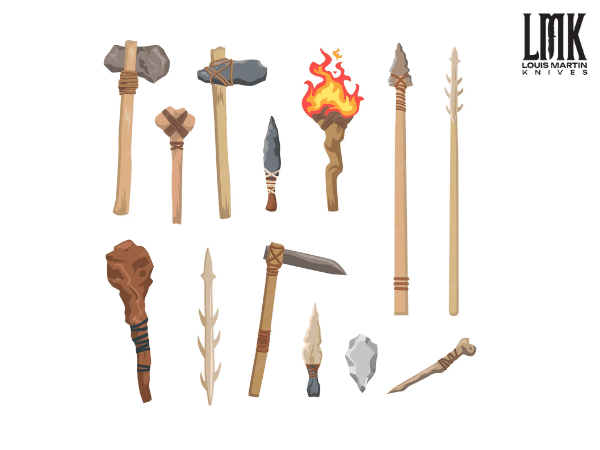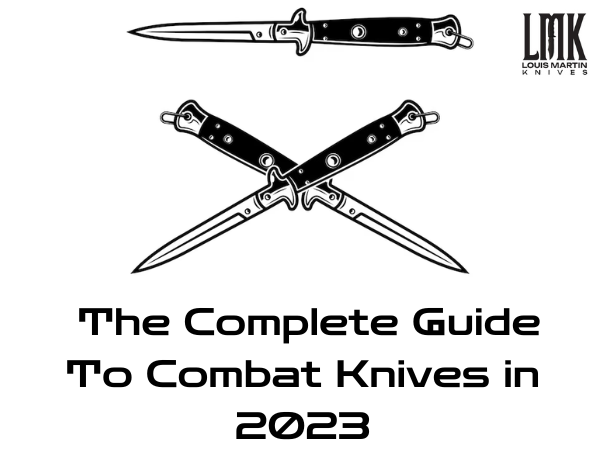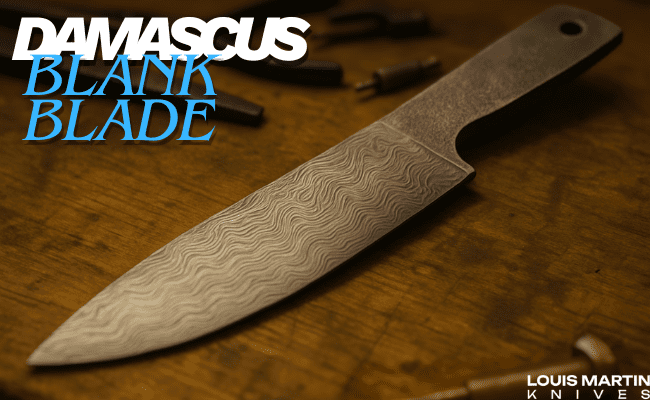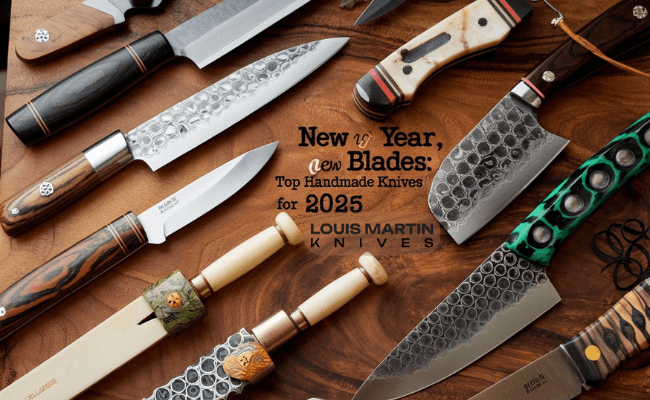Combat knives have been an essential tool for warriors and survivalists for centuries. In 2024, these versatile blades continue to hold a vital place in the world of military, law enforcement, and outdoor enthusiasts. This comprehensive guide will provide insights into the world of combat knives, their history, types, characteristics, and how to choose Louis Martin the right one for your needs.
The History of Combat Knives
Best Combat knives have a rich history dating back to ancient times. The earliest combat knives were simple, sharp tools used for self-defense, hunting, and close combat. Over time, they evolved to become more specialized, with distinct designs for different purposes.

During World War II, the combat knife took on new significance, with iconic designs like the American M3 Trench Knife and the British Fairbairn-Sykes Fighting Knife. These blades were issued to soldiers and played a crucial role in hand-to-hand combat and survival.
Types of Combat Knives
Combat knives come in a variety of styles and designs, each tailored for specific roles. Here are some common types:
1. Tactical Knives
Tactical knives are versatile and designed for multiple uses. They often feature a serrated edge for cutting through tough materials, a point for piercing, and a sturdy build for durability. These knives are favored by law enforcement and military personnel.
2. Bowie Knives
Named after the legendary frontiersman Jim Bowie, these knives are known for their distinctive, large blades with a clipped point. They are excellent for combat and survival situations.
3. Daggers
Dagger knife have double-edged blades designed for thrusting and stabbing. They are often used by military and special forces.
4. Survival Knives
Survival knives are all-purpose tools designed for wilderness survival. They often feature a fixed blade, a serrated edge, and a comfortable handle.
5. Throwing Knives
Throwing knives are specially designed for throwing accuracy and are used in sports and combat training.
Characteristics of a Good Combat Knife
When choosing a combat knife, it’s essential to consider specific characteristics to ensure it meets your needs:
1. Blade Material
Quality blade material is vital. High-carbon stainless steel is a popular choice as it combines sharpness and corrosion resistance.
2. Blade Design
Consider the blade design based on your intended use. A versatile drop-point or clip-point design is often preferred for combat situations.
3. Handle Comfort
A comfortable and secure grip is crucial. Choose a handle that fits your hand well and provides stability during use.
4. Sheath Quality
A reliable sheath is necessary for carrying and protecting your knife. Kydex and leather sheaths are common choices.
5. Size and Weight
The size and weight of the knife should be manageable for your intended use. You don’t want a cumbersome blade that becomes a burden.
How to Choose the Right Combat Knife
Selecting the right combat knife can be a daunting task, but considering your specific needs and preferences will help. Here are some steps to guide your decision:
1. Identify Your Purpose
Determine the primary purpose of the knife. Are you looking for a self-defense tool, a survival companion, or a versatile utility knife?
2. Consider the Blade Type
Choose the blade type that aligns with your intended use. Tactical, Bowie, dagger, and survival knives all serve different purposes.
3. Assess Blade Material
Look for high-quality blade materials. Stainless steel, carbon steel, and tool steel are popular options.
4. Evaluate Handle Comfort
Ensure the knife’s handle is comfortable and provides a secure grip. Consider materials like rubber, G-10, or Micarta.
5. Set a Budget
Combat knives come in various price ranges. Define your budget to narrow down your options.
Maintenance and Care
Proper maintenance is crucial to keep your combat knife in peak condition. Regularly clean and oil the blade, sharpen it when needed, and store it in a dry place. A well-maintained knife is a reliable tool.
Conclusion
Best combat knives have a timeless appeal and an enduring role in various fields. Whether you’re a military professional, a survivalist, or an outdoor enthusiast, choosing the right combat knife is a significant decision. By understanding the types, characteristics, and how to select the ideal knife, you can equip yourself with a trusty companion in the face of challenges and adventures. In 2024, the legacy of combat knives lives on, ready to serve those who rely on them.








